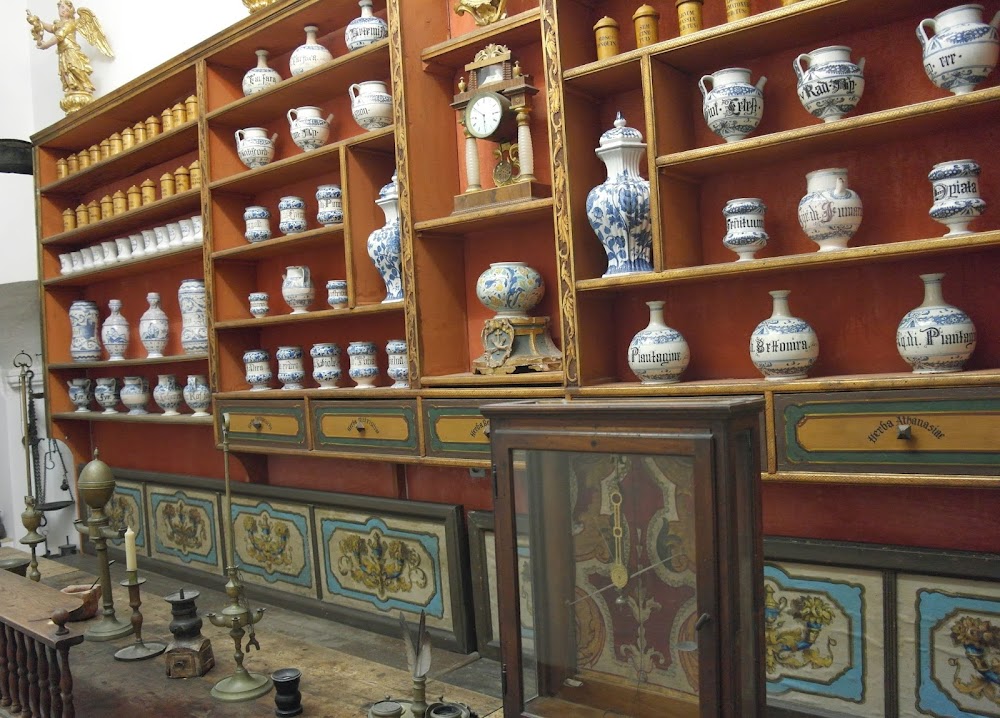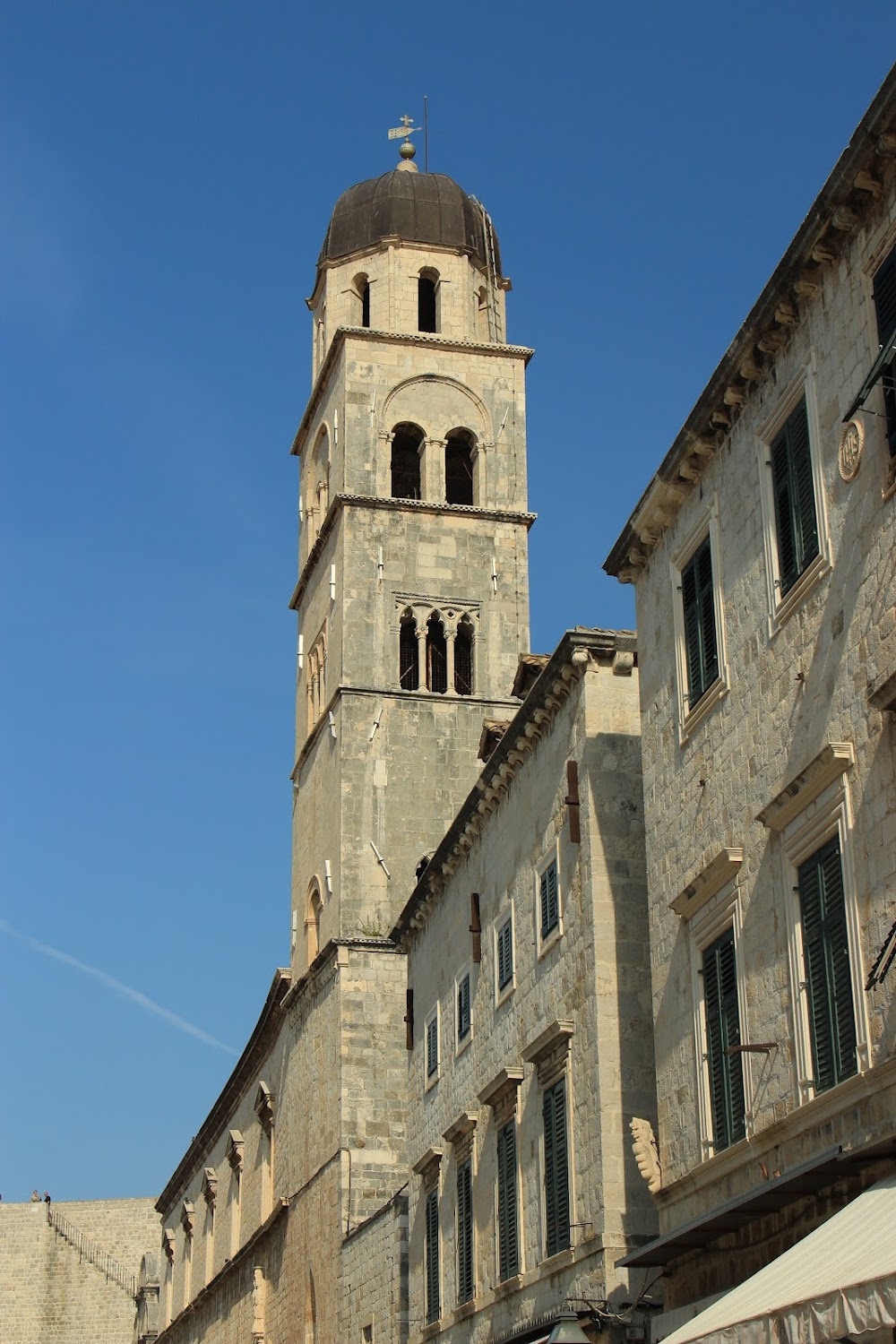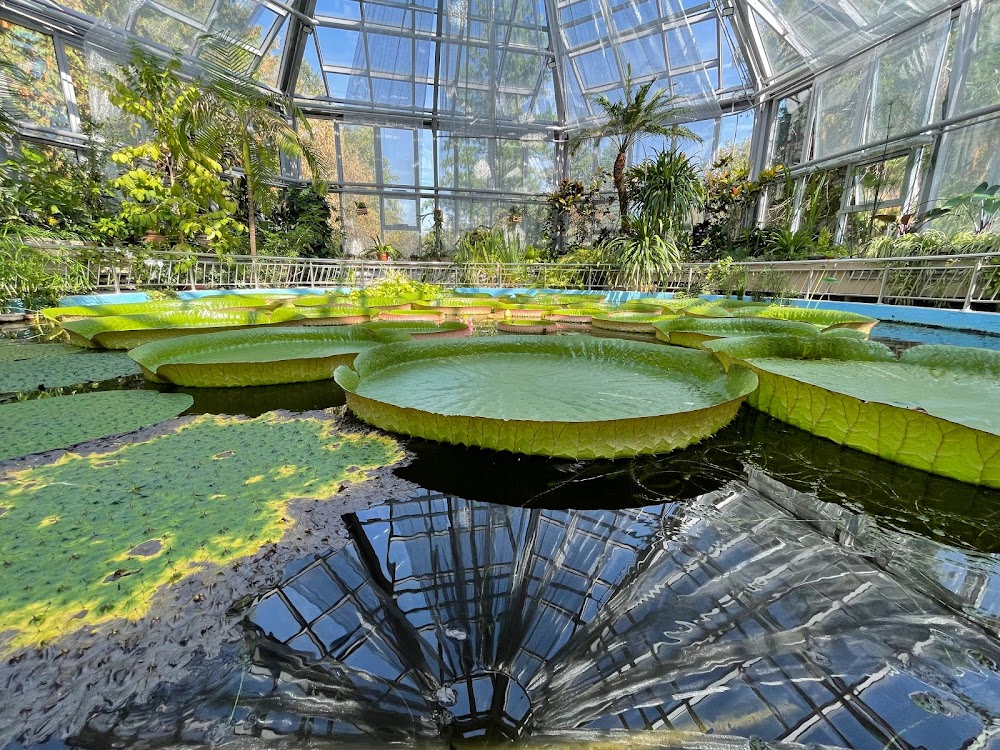Franciscan Church and Monastery (Biserica și Mănăstirea Franciscană)
Overview
The Franciscan Church and Monastery in Cluj County, Romania, stands as a remarkable testament to history, faith, and architectural excellence. Established in the 14th century, this magnificent structure has transformed significantly over the centuries, mirroring the region's political and cultural shifts.
Originally, the site hosted a Gothic-style monastery built by the Franciscans. Characterized by high ceilings, pointed arches, and intricate stained glass windows depicting biblical narratives, these features were crafted by skilled local artisans using materials sourced from the nearby Apuseni Mountains. The artistry and craftsmanship of the period are evident in every detail of the building.
During the Reformation in the 16th century, the Franciscan monks were forced out, and the monastery was repurposed by the Protestant community. This transition brought about significant alterations; the grand altarpiece was replaced, and the interiors, once rich and vibrant, adopted a more austere aesthetic to reflect Protestant values. Ironically, in the 18th century, when the Habsburgs regained control, the church and monastery were returned to the Franciscans, who undertook a comprehensive Baroque renovation.
The Baroque renovation introduced elaborate frescos, opulent altars, and striking sculptures of saints, which blended harmoniously with the remaining Gothic elements. Craftsmen from across Europe were enlisted to contribute to this transformation, employing techniques like stuccoing, gilding, and intricate wood carving, which further enriched the structure's aesthetic.
Despite these extensive changes, the church has preserved its historical essence, showcasing key elements from each era. Notably, the church’s tower, originally constructed in the Gothic style, remains largely intact, serving as a historical anchor for the building and a reminder of its storied past.
Among the monastery's most captivating features is its library, which houses ancient manuscripts and books. Founded by the Franciscans, this library has expanded over the centuries to include works in fields such as theology, philosophy, and science. The serene ambiance, accentuated by wooden bookshelves, reflects the monastic commitment to knowledge and learning.
The Franciscan Church and Monastery has also played a pivotal role in the local community throughout history. During the Middle Ages, it served as a refuge during conflicts, while the monastery's hospital provided essential care for the sick, embodying the Franciscan principle of service to those in need.
In contemporary times, the Franciscan Church and Monastery has evolved into a vibrant cultural landmark. It attracts visitors eager to admire its architectural beauty and historical significance. The space now hosts various cultural events, including concerts and exhibitions, fostering connections among people from diverse backgrounds.
In summary, the Franciscan Church and Monastery in Cluj County, Romania, is a multifaceted historical treasure. From its Gothic origins to its Baroque transformation, it remains a cornerstone of the community, intertwining architectural grandeur with cultural and religious importance. This enduring monument narrates a story of resilience, adaptation, and the unyielding spirit of a community through the ages.






